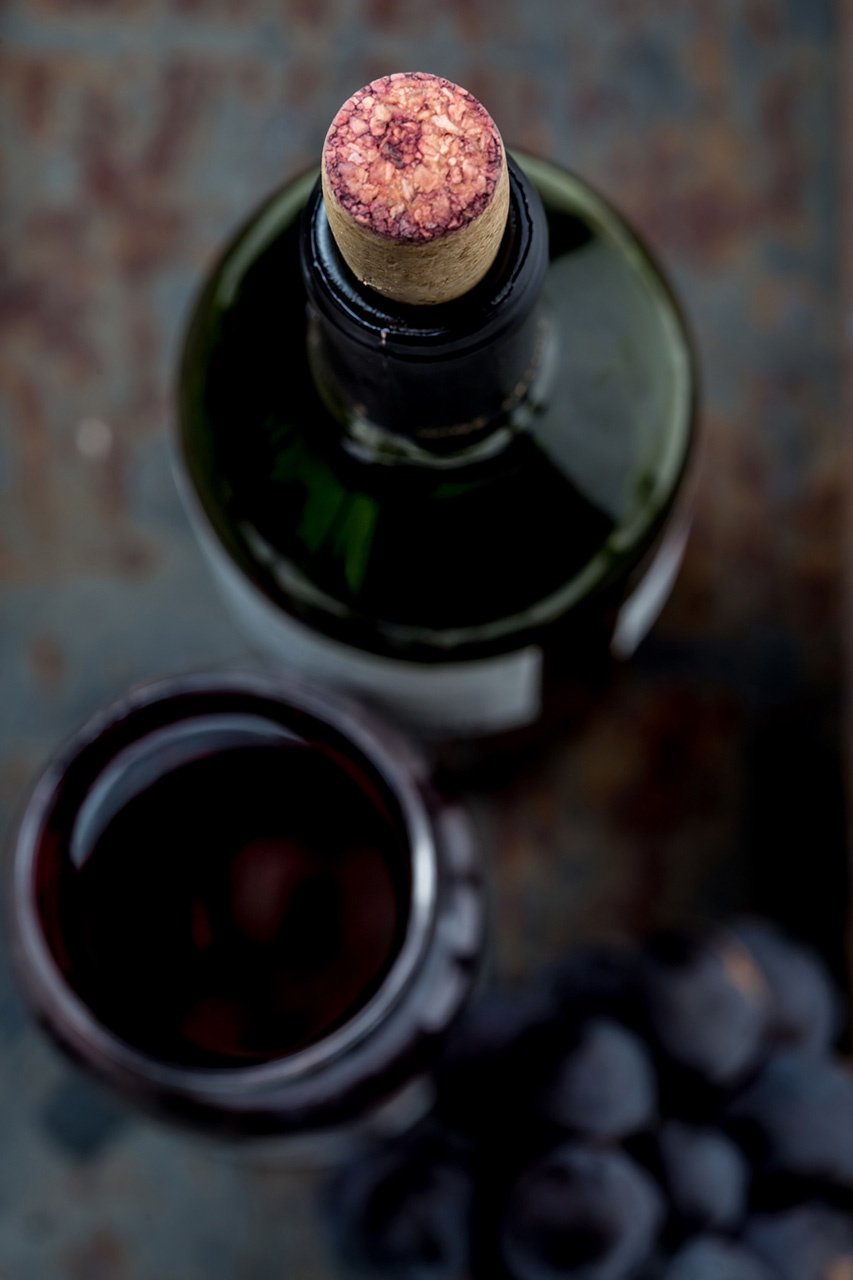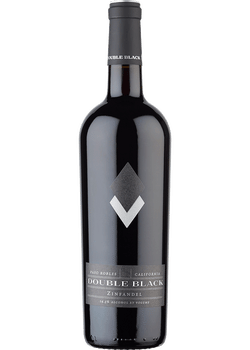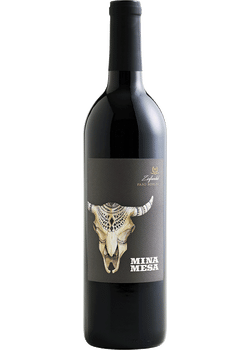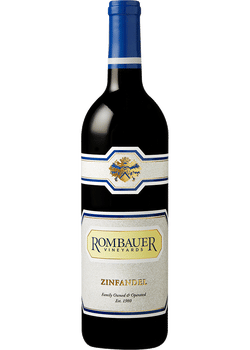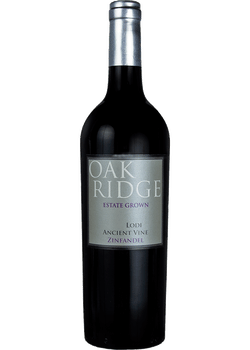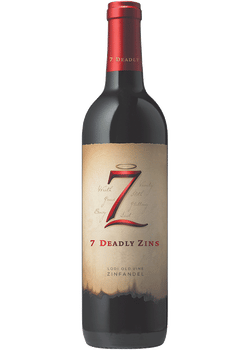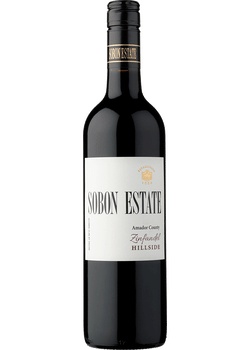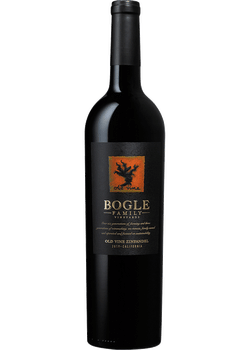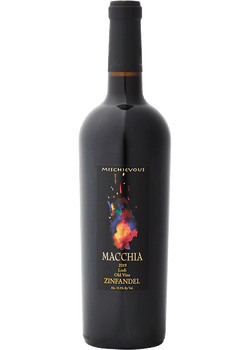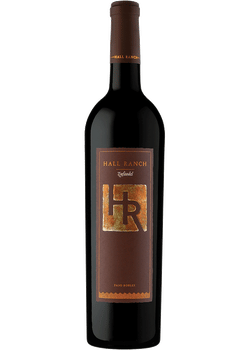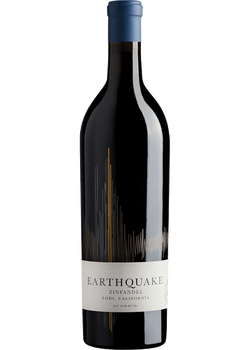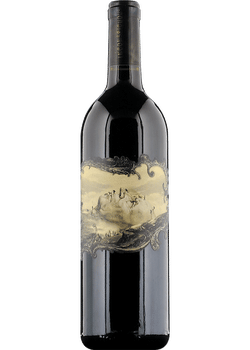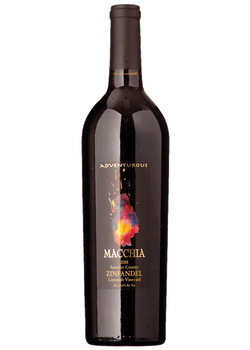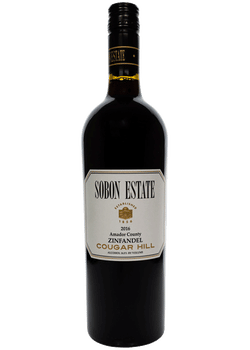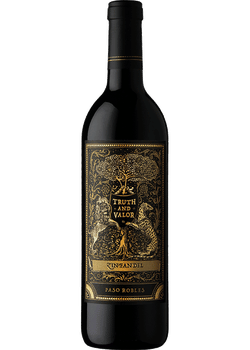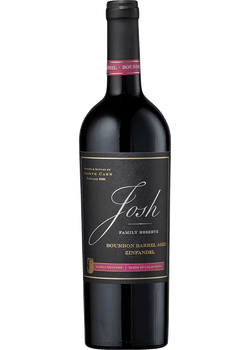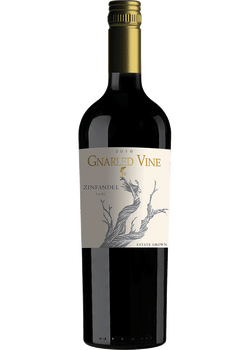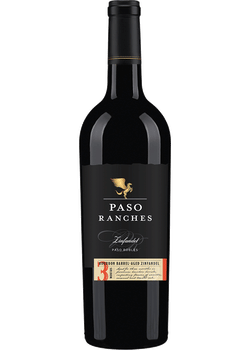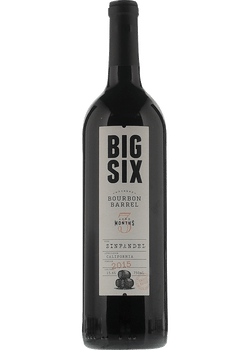Few red wine grapes are growing in California today that have a history as long, curious, and uniquely American as Zinfandel. Unlike other popular red wine grapes, Zinfandel isn’t French. The somewhat mysterious vine has genetic twins in Italy and Croatia. But no one else in the world grows a grape called Zinfandel, and we don’t know how it got that name.
But we do know it’s been thriving in America since the 1850s. As the West was developing and miners flocked to California to make a fortune in gold mines, they drank the local Zinfandel red wine. Zinfandel created another kind of financial boom in the 1970s when the Sutter Home debuted a slightly sweet and fruity rosé they dubbed White Zinfandel.
Today, you can enjoy versatile Zinfandel in many ways, from juicy, berrylicious red Zinfandels to lean mineral ones, to intense late harvest Zinfandel dessert wines.
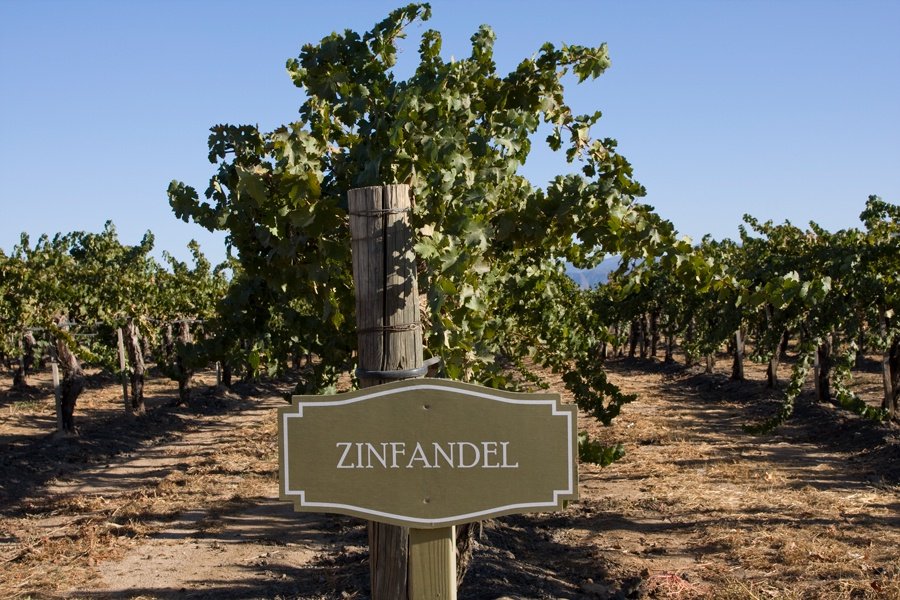
5 facts to know about Zinfandel
- Zinfandel is genetically identical to the Crljenak Kaštelanski grape from Croatia and Italy’s Primitivo grape.
- No one knows precisely who first brought Zinfandel grapes to California in the mid-1800s. Some sources credit pioneering Sonoma wine baron Agustin Haraszathy; others say it was nursery owner Capt. Frederick Macondray.
- Some of the oldest grapevines in California are gnarled 100+-year-old Zinfandel vines that still produce small amounts of exceptional fruit.
- The majority of the Zinfandel grown in California is used to make White Zinfandel.
- Zinfandel is California’s third-leading grape behind Cabernet Sauvignon and Chardonnay.
Color

Tasting profile
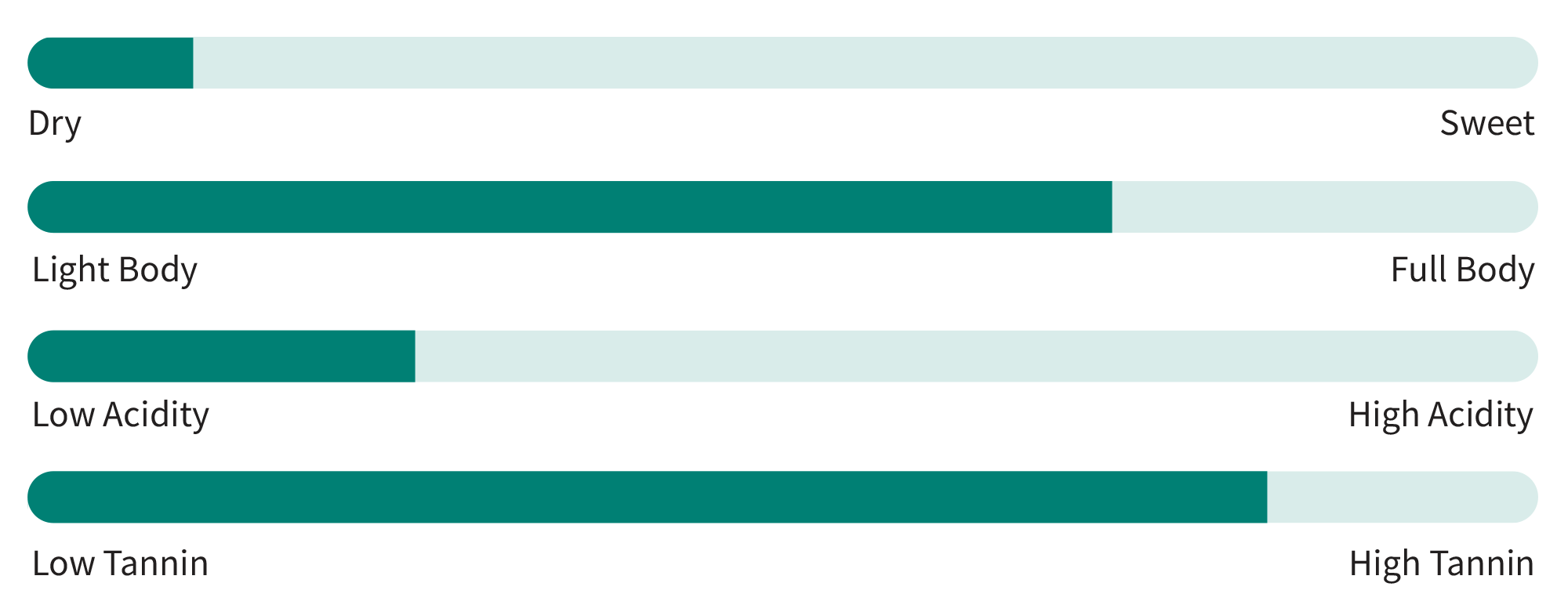
Zinfandel is a versatile grape made into everything from slightly sweet rosé wines to dry and jammy red wines to concentrated, very sweet late harvest wines.
Zinfandel grape clusters ripen unevenly, and by the time most of the grapes are ripe, others have turned into raisins with concentrated sugars. Those raisins increase the sugar in the grape juice, so Zinfandel wines often have a relatively high amount of alcohol. The hotter the growing region, the more spicy Zinfandel will be.
Primary Zinfandel flavors
![]()
The one thing that’s constant in Zinfandel is abundant fruit. The intensity of the fruit varies depending on the style of wine and where it’s grown.
White Zinfandel and blush wines will have lighter red fruit notes of raspberries, strawberries, and red cherries, and a hint of spice.
An excellent red Zinfandel wine delivers a jammy cornucopia of ripe blackberries, strawberries, boysenberries, cherries, and plums, spiced with cinnamon and black pepper.
A late harvest Zinfandel, made from shriveled grapes with concentrated sugars, reveals flavors of blackberry syrup, dark chocolate, candied plums, raisins, and Port with a lingering spice.
Key Zinfandel winemaking regions
California
Zinfandel grows in vineyards throughout California, but the oldest vines are found in Sonoma’s Dry Creek Valley and the Gold Rush country in Amador County.
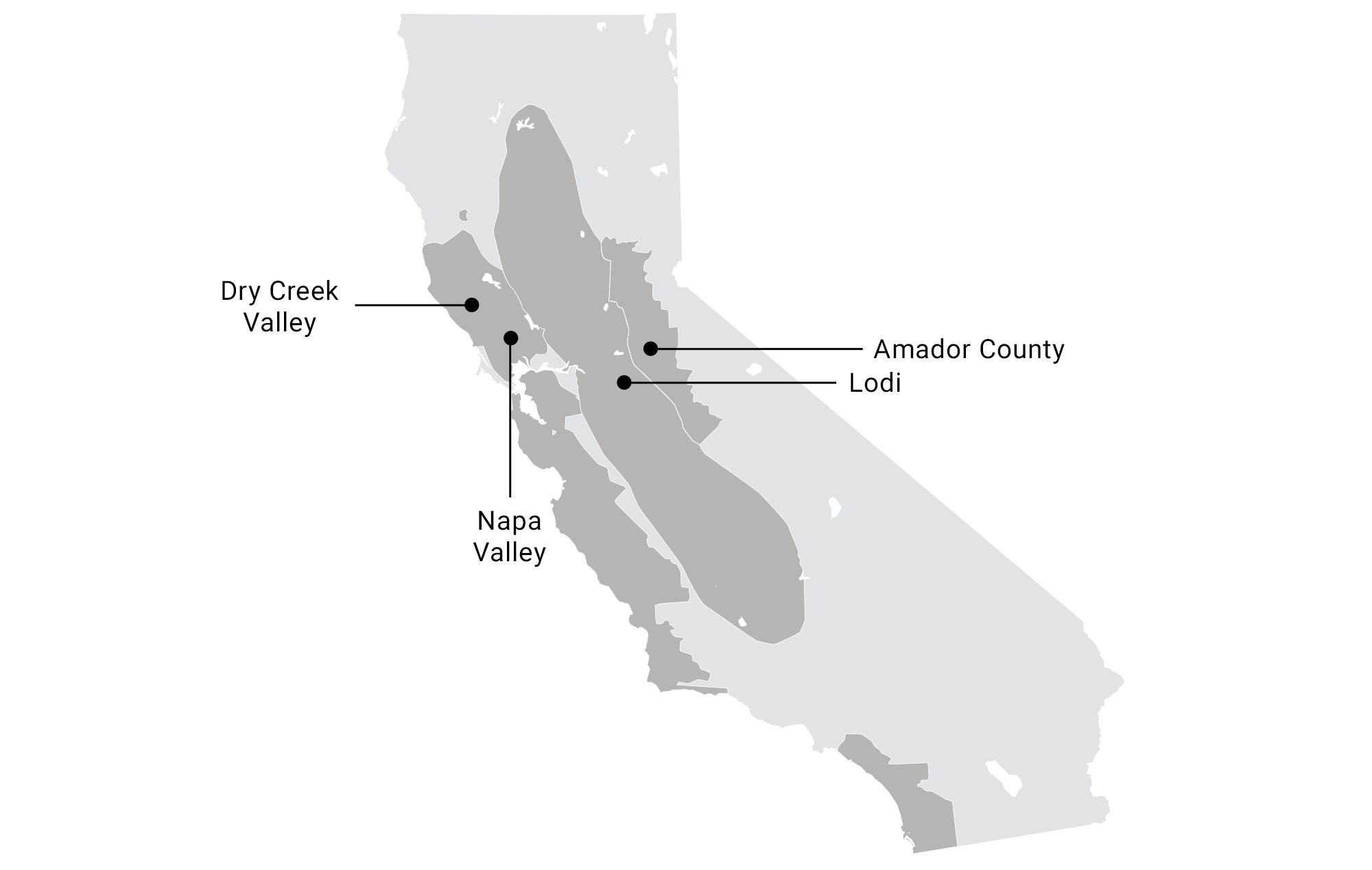
Dry Creek Valley
Zinfandels from this part of Sonoma County are prized for their bright red and black fruit flavors of raspberry, blackberry, and pomegranate wrapped in lush texture. These wines are perfect for aging.
Amador County
This hot, sunny region creates big and bold Zins overflowing with juicy dark blackberries, plums, licorice, and cloves. California’s oldest Zinfandel vineyard, Original Grandpere dating to 1860, is in Amador County.
Napa Valley
Zinfandel thrives in areas of Napa with sunny days and cool nights, like Chiles Valley and Oak Knoll. The best ones are silky and alive with spicy blackberries tinged with vanilla.
Lodi
Lodi is in the running to become California’s new Zinfandel capitol. The fertile agricultural region grows about 40 percent off the premium Zinfandel fruit, and a lot winds up in wines labeled from Napa. Look to Lodi for great values on vibrant Zins with dark fruit and lots of spice.
Other regions
If you like Zinfandel, you may want to try Primitivo, the grape’s Italian twin. Primitivo grows all over Puglia in southern Italy, making wines with bold berry flavors and earthiness.
If you can find a Crljenak Kaštelanski, the Zinfandel clone from Croatia (they’re sometimes labeled Tribidrag), they have more prominent tannins, more dark fruit than American Zins.
Check out these highly-rated Zinfandels from around California. A blind tasting with one bottle from each region is a fun way to explore how Zinfandel changes depending on where it’s grown.
Zinfandel food pairings

Zinfandel’s bold flavors demand foods that are vibrant, too. Red Zin is fantastic with grilled red meats, teriyaki beef, and this fruity wine easily stands up to sticky, sweet, and spicy barbecue sauce.
Red Zin and blush wines are great with tomato-based dishes, such as pizza, lasagna, or any saucy tomato dishes.
White Zinfandel also works with seafood, chicken, and salads. Choose cheeses with big flavors like aged Gouda, blue cheeses, cheddar, and Manchego.
How to store, serve, & enjoy
Serve your red Zinfandel slightly chilled, at 60° to 65°, just like Merlot and Pinot Noir. An easy way to get your bottle to the right temperature is by sticking it in the refrigerator for 20 minutes before you plan to serve it. Serve red and blush Zinfandel wines in a red wine glass with a large, long bowl.
Chill rosé and blush Zinfandel wines a bit longer, so it gets to 50°F to 60°F. You can serve those in a white wine glass.
Late harvest wines are served quite cold at 45° to 55°. They’re also served in small 2 to 3 ounce pours, so this is the time to pull out your special dessert wine or liqueur glasses. Can’t finish your bottle of Zin in one sitting? Just recork it and put it back in the fridge so you can finish it in the next day or so.
